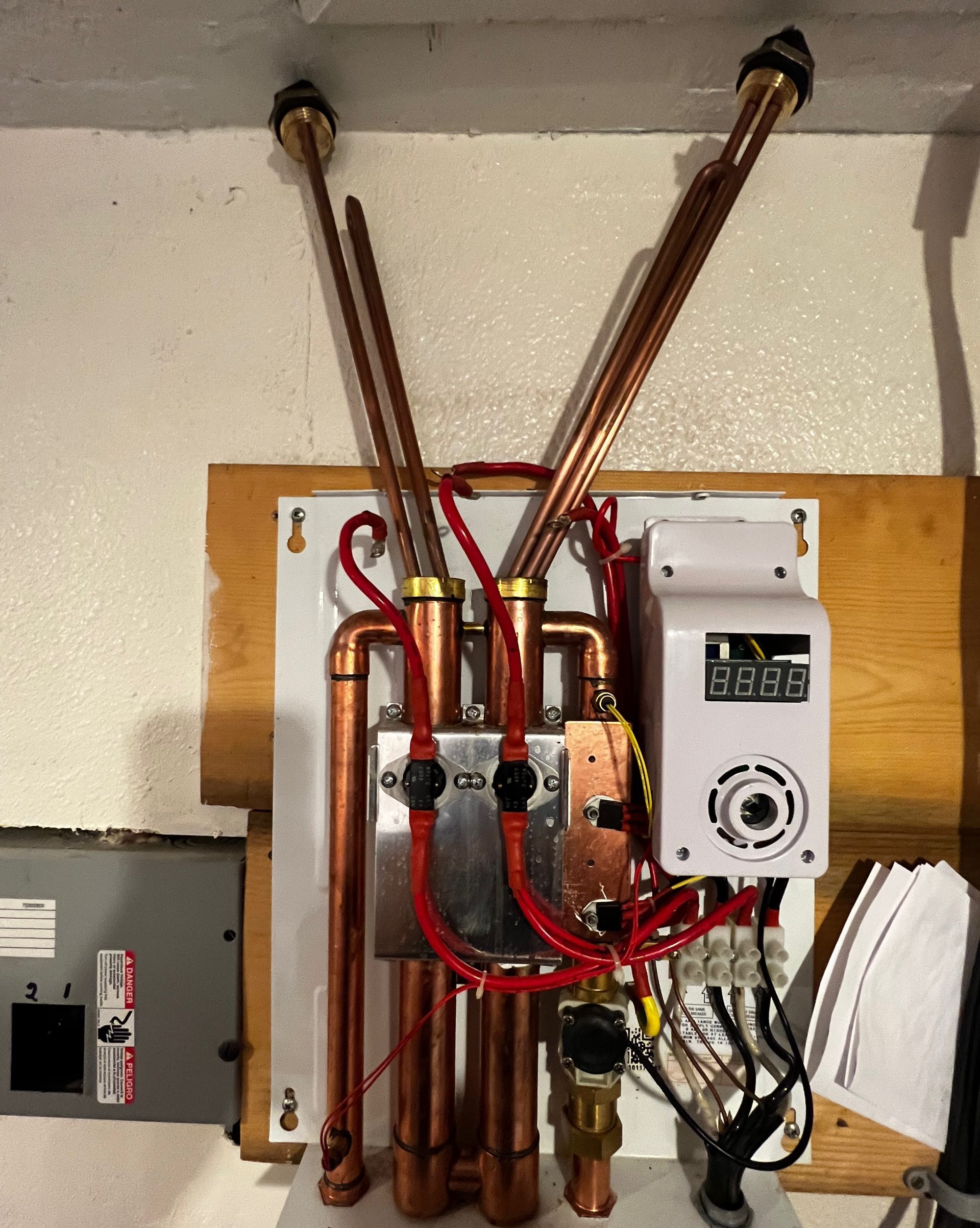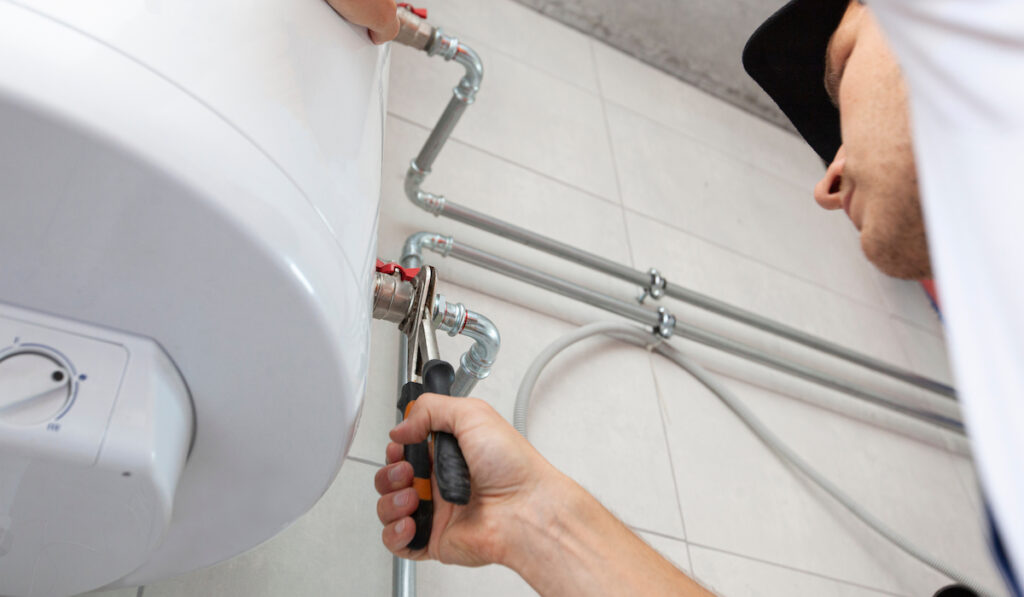Key Tips on Maintaining Your Home's Hot Water SystemProfessional Advice for Maintaining Your Home's Hot Water System
Key Tips on Maintaining Your Home's Hot Water SystemProfessional Advice for Maintaining Your Home's Hot Water System
Blog Article
Here below you can get additional very good points when it comes to What Kind of Maintenance Do Water Heaters Need?.

Warm water is vital for day-to-day convenience, whether it's for a revitalizing shower or washing recipes. To guarantee your hot water system runs efficiently and lasts much longer, regular upkeep is vital. This article supplies useful tips and understandings on how to keep your home's warm water system to prevent disruptions and expensive repair work.
Intro
Preserving your home's hot water system could seem daunting, however with a few straightforward steps, you can ensure it runs smoothly for several years to find. This guide covers whatever from understanding your warm water system to DIY upkeep suggestions and recognizing when to contact specialist assistance.
Relevance of Preserving Your Warm Water System
Routine maintenance not only extends the life expectancy of your hot water system however also ensures it runs effectively. Disregarding maintenance can cause lowered efficiency, higher power costs, and even premature failure of the system.
Indicators Your Warm Water System Demands Upkeep
Knowing when your hot water system requires focus can prevent major problems. Keep an eye out for indicators such as inconsistent water temperature, odd sounds from the heating system, or rusty water.
Recognizing Your Hot Water System
Before diving into maintenance jobs, it's practical to recognize the basic components of your hot water system. Usually, this consists of the hot water heater itself, pipelines, anode rods, and temperature level controls.
Month-to-month Upkeep Tasks
Normal month-to-month checks can aid catch minor issues before they escalate.
Flushing the Water Heater
Flushing your water heater eliminates sediment accumulation, enhancing effectiveness and extending its life.
Monitoring and Changing Anode Rods
Anode poles stop deterioration inside the container. Evaluating and changing them when broken is vital.
Examining and Changing Temperature Setups
Readjusting the temperature level setups guarantees ideal performance and safety.
DIY Tips for Maintenance
You can perform numerous upkeep jobs on your own to keep your hot water system in top problem.
Looking for Leakages
On a regular basis check pipelines and links for leakages, as these can result in water damage and higher costs.
Examining Stress Relief Valves
Evaluating the pressure safety valve guarantees it works appropriately and protects against too much pressure buildup.
Insulating Pipelines
Protecting hot water pipes lowers warmth loss and can save energy.
When to Call a Specialist
While do it yourself maintenance is advantageous, some issues call for expert knowledge.
Facility Problems Requiring Specialist Assistance
Examples consist of significant leaks, electric issues, or if your water heater is continually underperforming.
Regular Professional Upkeep Perks
Professional upkeep can include complete evaluations, tune-ups, and making sure conformity with safety criteria.
Conclusion
Routine upkeep of your home's hot water system is necessary for efficiency, durability, and cost financial savings. By adhering to these suggestions and recognizing when to look for professional assistance, you can guarantee a trustworthy supply of hot water without unforeseen disturbances.
How to Maintain an Instant Hot Water Heater
Before tinkering with your hot water heater, make sure that it’s not powered on. You also have to turn off the main circuit breaker and shut off the main gas line to prevent accidents. Also turn off the water valves connected to your unit to prevent water from flowing into and out of the appliance. 2. When you’re done, you have to detach the purge valves’ caps. These look like the letter “T” and are situated on either side of the water valves. Doing so will release any pressure that has accumulated inside the valves while at the same time avoid hot water from shooting out and burning your skin. 3. When the purge valves’ caps are removed, you have to connect your hosing lines to the valves. Your unit should have come with three hoses but if it didn’t, you can purchase these things from any hardware or home repair shops. You can also get them from retail stores that sell water heating systems. Read the user’s manual and follow it to complete this task properly. When the hosing lines are connected, open the purge port’s valves. 4. You should never use harsh chemical cleaners or solutions when cleaning your unit. Make use of white vinegar instead. It should be undiluted and you’ll probably use about 2 gallons. 5. Now flush your water heater. This task should probably take about 40 minutes. We can’t give you specific directions for this because the procedure is carried out depending on the type, model and brand of your heater. With that being said, refer to the user’s manual. 6. When you’re done draining the unit, you have to turn off the purge port valves again. Remove the hosing lines that you earlier installed on each of the water valves. Put the valve caps (purge port) back in their respective places and be very careful so as not to damage the rubber discs that are found inside these caps. 7. Now that everything’s back in place, check your user’s manual again to find out how to reactivate your water heating system. 8. Once it is working, turn one of your hot water faucets on just to let air pass through the heater’s water supply pipes. Leave the tap on until water flows smoothly out of it. https://www.orrplumbing.com/blog/2014/september/how-to-maintain-an-instant-hot-water-heater/

I am just very occupied with How to Maintain Your Water Heater & Prolong its Life and I really hope you enjoyed the new blog entry. Sharing is nice. You never know, you may be doing someone a favor. Thanks a lot for your time. Return soon.
Call Report this page